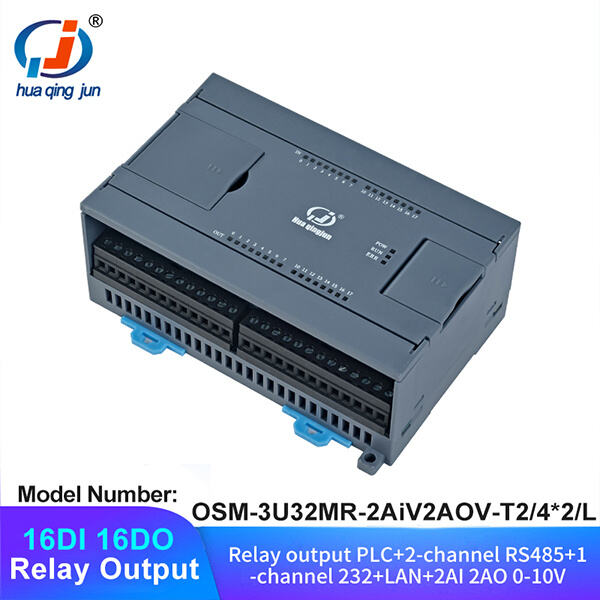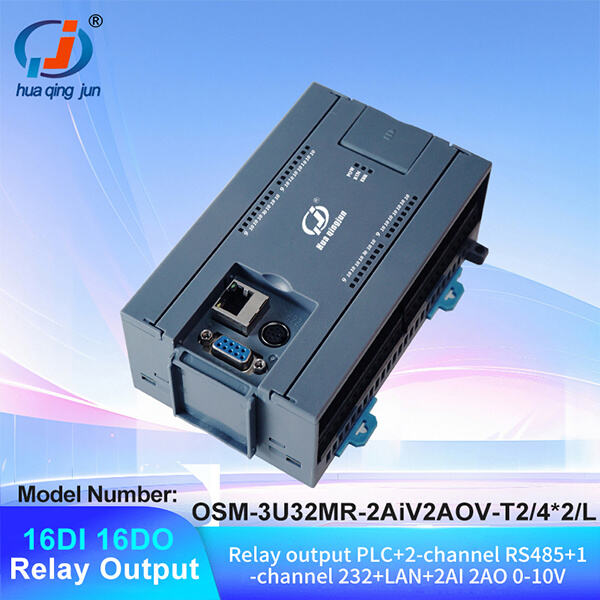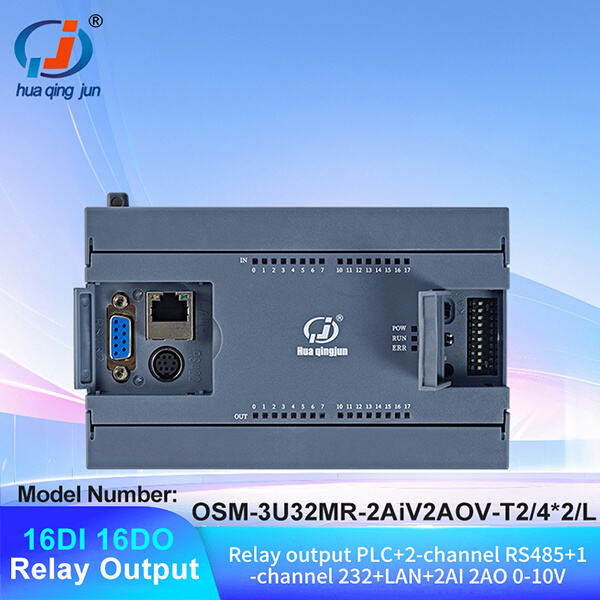Have you ever given a thought How machineries in industries work 24*7 day night without any human interference? But that is where PLC: Programmable Logic Controller, this is a special computer use to control machinery in industries and processes.
So without further delay let us jump into the PLC ladder logic programming world! Two vertical rails with a few horizontal rungs between them — kind of like a ladder. Each step on the ladder corresponds to a particular function that the PLC will execute. They may be as simple as those providing distilled on/off functions to loads, or performing complex calculations and decision-making processes.
PLC ladder logic helps engineers develop control systems that are not only robust but allow monitoring and controlling the states of machines and process variables. For instance, a manufacturer can program a PLC to control the temperature of a furnace and butt in as needed in order to make sure his products are manufactured with consistent quality.

Efficiency is everything in this crazy fast-paced world of industry today. These ladder logic techniques used in PLC systems add to enhancing industrial automation by speeding up processes and eliminating the scope for human errors. Programmable logic controllers are programmed to accurately and precisely execute repetitive tasks which help manufacturers in increasing productivity and minimizing downtime.

PLC ladder logic programs are like any other computer program in that bugs can slip through the cracks and need to be fixed. Troubleshooting and Debugging The ladder logic programs in PLC, It means that there must be something wrong when the logic of your program is incorrect so we can say that to troubleshoot any program is a process in which you are supposed to go through the whole logics of your program to make it run as smooth and error-free. Through a thorough analysis of the program and execution of needed changes, engineers can have their PLC running in no time.

The use of PLC ladder logic in the process industry has several advantages. One key advantage is flexibility. The PLC programs are simple to alter or update according to production needs, this can also be done for changes of features. PLCs can also work in an industrial environment where traditional computers cannot get through, they allow them to ensure operation and can not destroy it (such as by controlling machines or processes).